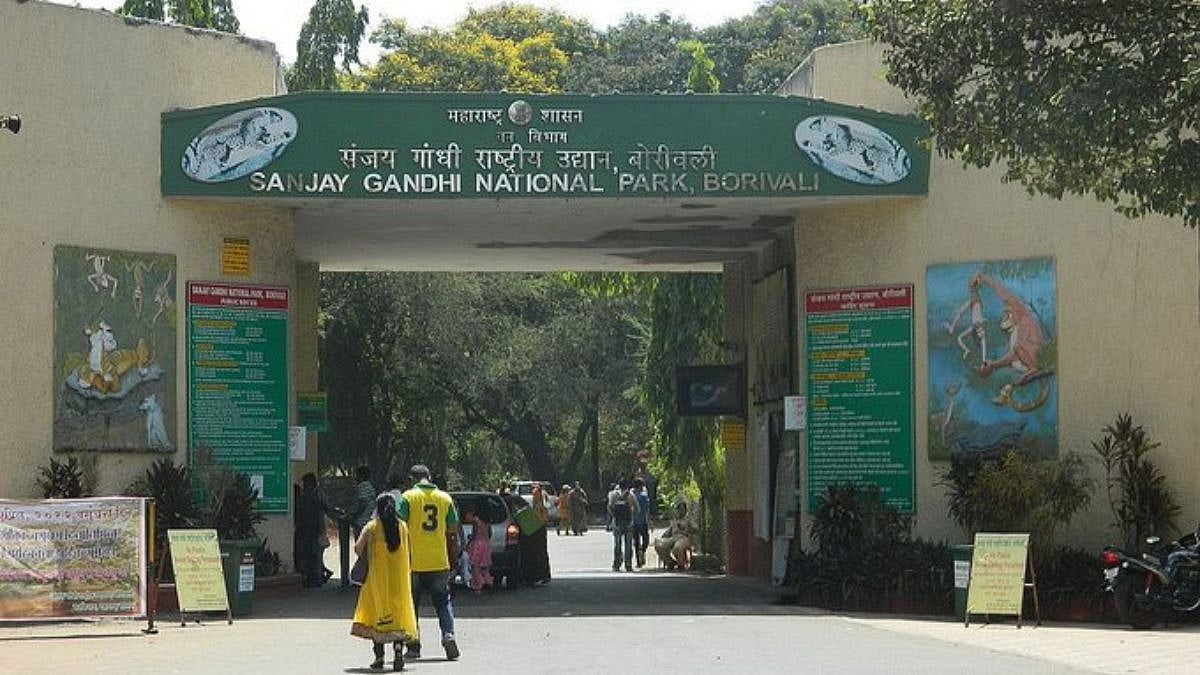In more good news for industries, factories and foreign investors, yet another Indian environmental law has been diluted to facilitate “ease of business”. In the parliamentary debate on The Water Amendment (Pollution and Prevention) Act, 2024 Bill, Bhupendra Yadav, Minister of Environment, Forests and Climate Change (MoEFCC), stated that the amendment to the original Water (Prevention and Control of Pollution) Act, 1974 seeks to rationalise criminal provisions and ensure that citizens, businesses and companies operate without fear of imprisonment for minor, technical or procedural faults.
Factory owners can now rejoice that no one can threaten them with jail for accidentally offloading untreated toxic chemicals into water bodies, operating without consent, or even violating court orders restraining them from polluting, instead they can now pay penalties of fines ranging from ₹10,000 to ₹15 lakh. The latest amendment is being spun as a win-win-win for the industries, the government and the citizens, as it shifts the monetary responsibility of rectifying ecological damage from the government to the polluter, thereby saving taxpayer money.
However, the polluter never really pays. Typically all big penalties or compensations awarded so far by the National Green Tribunal (NGT) have either been stayed by higher courts or put on hold due to some other reasons. Even in the case of minor offences, the authorities have generally failed. For example, in January 2015, NGT prohibited throwing of puja materials at ghats except at designated sites or to pay a fine of Rs 5,000. However, with religious fervour at its highest, it became difficult to provide enough personnel or technologies to catch offenders, prove violations and collect fines.
There is no doubt that the old Water (Prevention and Control of Pollution) Act, 1974, despite its intentions, had clearly failed to stop the irreversible pollution of India’s quickly dwindling water bodies. The State of the Environment (SOE) Report 2023 by the Center for Science and Environment (CSE) revealed that about 46% of the country’s rivers, including major water bodies like the Ganga, are dealing with pollution issues.
Last year, MoEFCC revealed that Gujarat has the highest number of highly polluted river stretches (PRS) in India. Six stretches in Gujarat were classified under Priority-I i.e. critically polluted for four years from 2018 to 2022. This is the highest for a single state in India, based on data compiled by the Central Pollution Control Board (CPCB). Three rivers of Gujarat — Sabarmati (292mg/ L); Bhadar (258.6 mg/L) and Khari (195 mg/L) — have among the highest biological oxygen demand (BOD) levels against permissible level of 3mg/L.
Ironically, the great water act of 2024 does not take any lesson from the failure of the Gujarat model in protecting its river and, worse, it completely ignores the fact that the climate crisis is inherently a water crisis, of excesses and scarcity, of floods and droughts, and of inequity.
Already, the water level in dams across Maharashtra has fallen to 50.57% well before the commencement of the summer season. With the stock in the seven lakes which supply water to Mumbai dipping below 50%, the Brihanmumbai Municipal Corporation (BMC) is likely to announce a 10% water cut across the city as early as February end. Last week, the lake levels dropped to 49.37% of its total capacity, which is the lowest in the past three years.
The Marathwada region has the lowest water availability at 27.84%. According to news reports, the extent of the water crisis is borne out by the 567 tankers that are currently supplying water to 518 villages and 1,282 hamlets across the state, as per the weekly report of the water supply department. Only six tankers were in operation during the same period last year. A University of Michigan-led study finds that farmers in India have adapted to warming temperatures by intensifying the withdrawal of groundwater used for irrigation. If the trend continues, the rate of groundwater loss could triple by 2080, further threatening India’s food and water security.
According to Niti Aayog, 70% of the nation’s water supply is contaminated, causing an estimated 400,000 deaths a year. More than 40% of the population, or more than 500 million people, will have “no access to drinking water” by 2030. This is why the amendments to the Water Act are not only counterintuitive but will also prove detrimental to the future of the very economy that the government is trying to boost. It is time that businesses recognise that for ease of business, every drop of water matters.
Shailendra Yashwant is an independent environmental photojournalist and climate communications consultant. He tweets at @shaibaba









